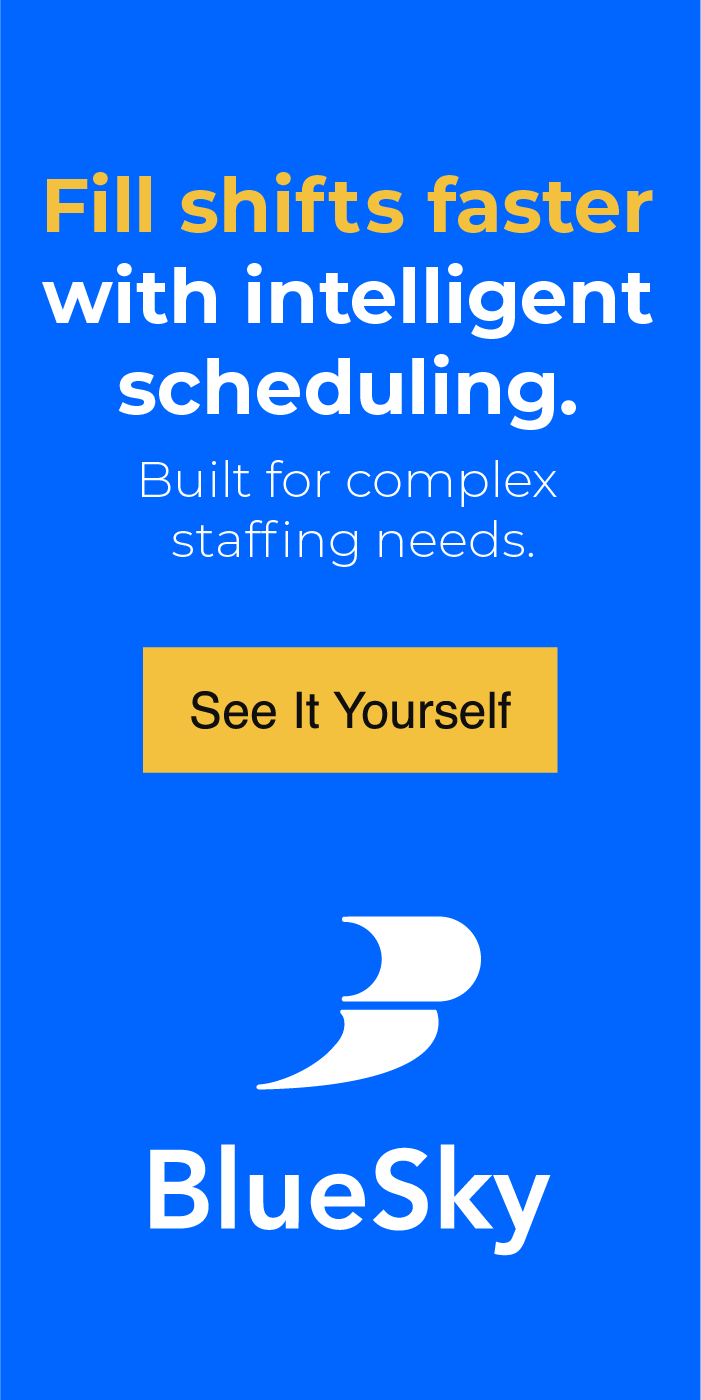As budget negotiations stall due to a federal government shutdown, hospital CFOs face liquidity concerns and reimbursement uncertainty, influencing workforce planning decisions. Temporary staffing trends offer an early indicator of how facilities balance cost control with patient care continuity.
Bottom line: For most non-federal hospitals, staffing demand should remain roughly flat during the government shutdown. Expect fewer new traveler starts and a bias toward extending existing contracts, which provides short-term financial flexibility. Meaningful shifts are unlikely unless the shutdown is prolonged.
Segment-by-segment outlook
| Hospital segment | Staffing direction | Operational impact | Implications for agencies/EORs |
|---|---|---|---|
| Community & nonprofit hospitals | Flat | Medicare/Medicaid claims continue; CFOs curb discretionary spend and premium differentials. | Fewer new traveler reqs; more extensions/backfills; preference for local per-diem over distant travelers. |
| Large systems with float pools | Flat | Core schedules maintained; internal float prioritized; stronger rate discipline. | Shorter commitments; convert travelers to local/PRN where feasible. |
| Academic medical centers (research-heavy) | Clinical: flat; research: down | Patient care continues; research staffing slows if federal awards freeze. | Clinical travelers steady; research/admin temps trimmed. |
| Federal facilities (VA/DoD/IHS) | Flat → slight down (new starts) | “Excepted” clinical care continues; contracting/admin slow → delayed new starts; extensions favored. | Bridge extensions, slower onboarding, occasional stop-work on non-essential roles. |
Nursing-specific implications
- Bedside RN demand: Stable overall; moderate tightening on new traveler starts as finance teams watch cash during the government shutdown.
- Allied/ancillary tied to grants or research: Down until funding clarity returns.
- Rates: Limited room for surge pricing; pressure for transparent bill components and shorter terms.
Signals to monitor this week
- Rising extension requests vs. new requisitions.
- New approval layers for premium shifts.
- Credentialing delays pushing start dates.
- Grant-funded cancellations at safety-net/academic sites.
- Diversify client mix beyond federally dependent systems.
- Shorten contract cycles to align with client cash flow constraints.
- Prioritize redeployment and internal candidate redeployment workflows.
- Emphasize compliance and credential management to avoid start-date slippage.
Related: Leverage BlueSky Software to analyze workforce data, automate scheduling for float pool coordination, and maintain compliance for contract extensions and stop-work scenarios.
Unless the shutdown drags on, expect minimal disruption to overall hospital staffing levels, with a tactical shift toward extensions, local coverage, and tighter rate control.
If budget impasses persist beyond 4–6 weeks, expect staffing adjustments to cascade from research and administrative roles into selected clinical departments. Agencies with agile contract management systems and transparent rate structures will be best positioned to retain partner trust and maintain volume stability.

